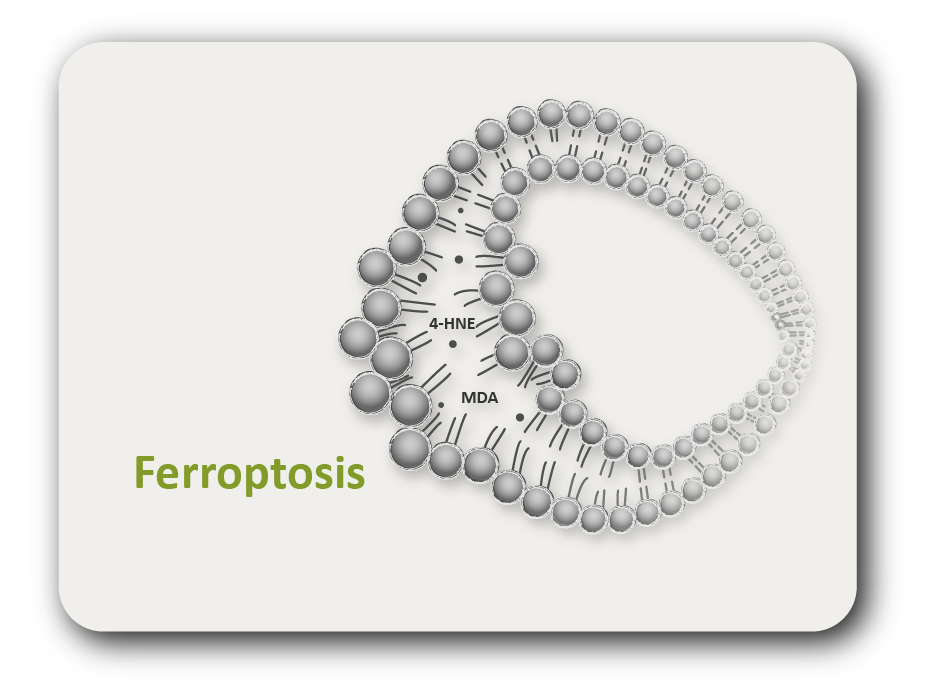ARG70570
Mouse Leptin recombinant protein (Fc-tagged)
Mouse Leptin recombinant protein (Fc-tagged) for SDS-PAGE
Overview
| Product Description | CHO expressed, Fc-tagged Mouse Leptin recombinant protein |
|---|---|
| Tested Application | SDS-PAGE |
| Target Name | Leptin |
| A.A. Sequence | Val22 - Cys167 |
| Expression System | CHO |
| Alternate Names | LEP; Leptin; OBS; OB; Leptin (Murine Obesity Homolog); Leptin (Obesity Homolog, Mouse); Obesity Factor; Obese Protein; Obese, Mouse, Homolog Of; LEPD |
Properties
| Form | Powder |
|---|---|
| Purification Note | Endotoxin level is less than 0.1 EU/µg of the protein, as determined by the LAL test. |
| Purity | > 95% (by SDS-PAGE) |
| Buffer | PBS (pH 7.4) |
| Reconstitution | It is recommended to reconstitute the lyophilized protein in sterile water to a concentration not less than 200 μg/ml and incubate the stock solution for at least 20 min at room temperature to make sure the protein is dissolved completely. |
| Storage Instruction | For long term, lyophilized protein should be stored at -20°C or -80°C. After reconstitution, aliquot and store at -20°C or -80°C for up to one month. Storage in frost free freezers is not recommended. Avoid repeated freeze/thaw cycles. Suggest spin the vial prior to opening. |
| Note | For laboratory research only, not for drug, diagnostic or other use. |
Bioinformation
| Gene Symbol | LEP |
|---|---|
| Gene Full Name | Leptin |
| Background | This gene encodes a protein that is secreted by white adipocytes into the circulation and plays a major role in the regulation of energy homeostasis. Circulating leptin binds to the leptin receptor in the brain, which activates downstream signaling pathways that inhibit feeding and promote energy expenditure. This protein also has several endocrine functions, and is involved in the regulation of immune and inflammatory responses, hematopoiesis, angiogenesis, reproduction, bone formation and wound healing. Mutations in this gene and its regulatory regions cause severe obesity and morbid obesity with hypogonadism in human patients. A mutation in this gene has also been linked to type 2 diabetes mellitus development. [provided by RefSeq, Aug 2017] |
| Function | Increases CD4+CD25- T-cell proliferation and reduces autophagy during TCR (T-cell receptor) stimulation, through MTOR signaling pathway activation and BCL2 up-regulation. [Uniprot] |





